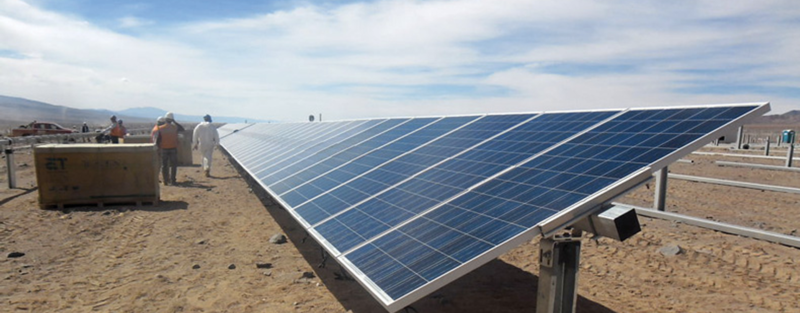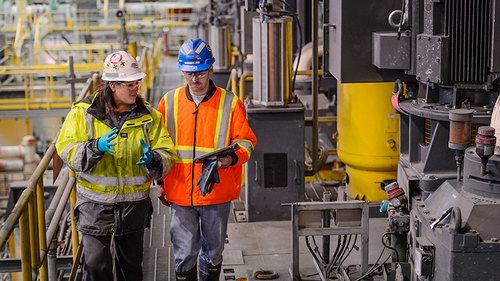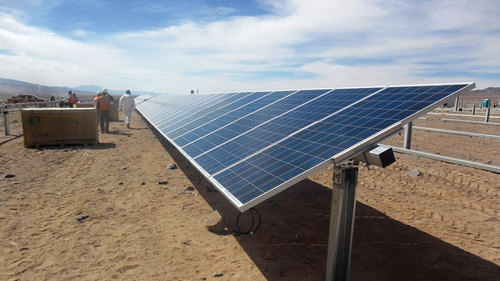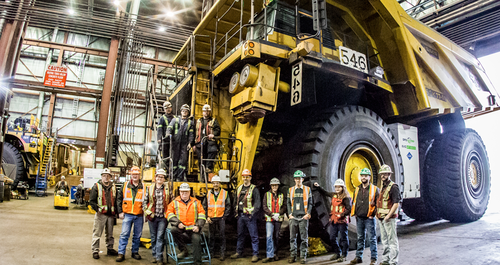
Principles for Climate Change Policy Design
ICMM is advocating an approach to policy and action that will ensure our industry plays its full part in contributing to sustainable development while remaining competitive in a low carbon economy. Their approach is based on applying a set of seven principles for guiding development of policy and action and industry commitments.
At Teck, we believe climate change is directly influenced by human activity and it requires decisive global action to address. The metals and minerals we produce are essential to building the technologies and infrastructure needed to reduce greenhouse gas (GHG) emissions. We have a responsibility to help tackle this global challenge by reducing our own emissions and advocating for policies that support the transition to a low-carbon economy.
At the same time, there are significant costs involved as a large consumer of energy. There is the existing cost of energy, as well as potential new costs, such as a carbon price and the possibility of subsequent increases to it. These factors contribute to the importance for Teck to manage its energy consumption and GHG emissions as efficiently as possible.
Our commitment to efficient energy and climate action is outlined in our Strategy for Climate Action. Our strategy to contribute to global climate action, to adapt to a low-carbon economy and to continue to responsibly produce the materials essential for society is built around four pillars:
- Positioning Teck for the Low-Carbon Economy
- Reducing Our Carbon Footprint
- Advocating for Climate Action
- Adapting to the Physical Impacts
Teck advocates for broad-based carbon pricing and we build carbon pricing into our business planning, capital planning and risk-decision processes. Currently, all of our steelmaking coal operations are covered by carbon pricing, as is half of our copper business and all of our metals refining business. While there is uncertainty in determining the future financial implications of carbon costs, we start with the assumptions that carbon prices will be continuously adopted around the globe, and that they will increase over time.
Carbon pricing is integrated into a variety of decision-making processes, ranging from annual operating budgets developed at the site level to corporate decision-making for large capital investments. We also calculate and consider our carbon exposure in terms of absolute costs incurred on an annual basis and projected out for at least five years.
Where a clear and certain carbon price is present, we incorporate that price as well as any known or planned changes to the carbon price. Where uncertainty exists, we typically conduct sensitivity analyses to better understand what our exposures and risks are under different carbon pricing and regulatory scenarios, such as those described later in this document for the two climate scenarios considered.
In addition, we continue to advocate for carbon pricing policies that maintain the global competitiveness of trade-exposed industries to prevent carbon leakage, which is when GHG emissions move from one jurisdiction to another as a result of differences in carbon prices.
Our work in this area is externally verified by an independent third-party every year. Learn more in our sustainability report.
.png)










